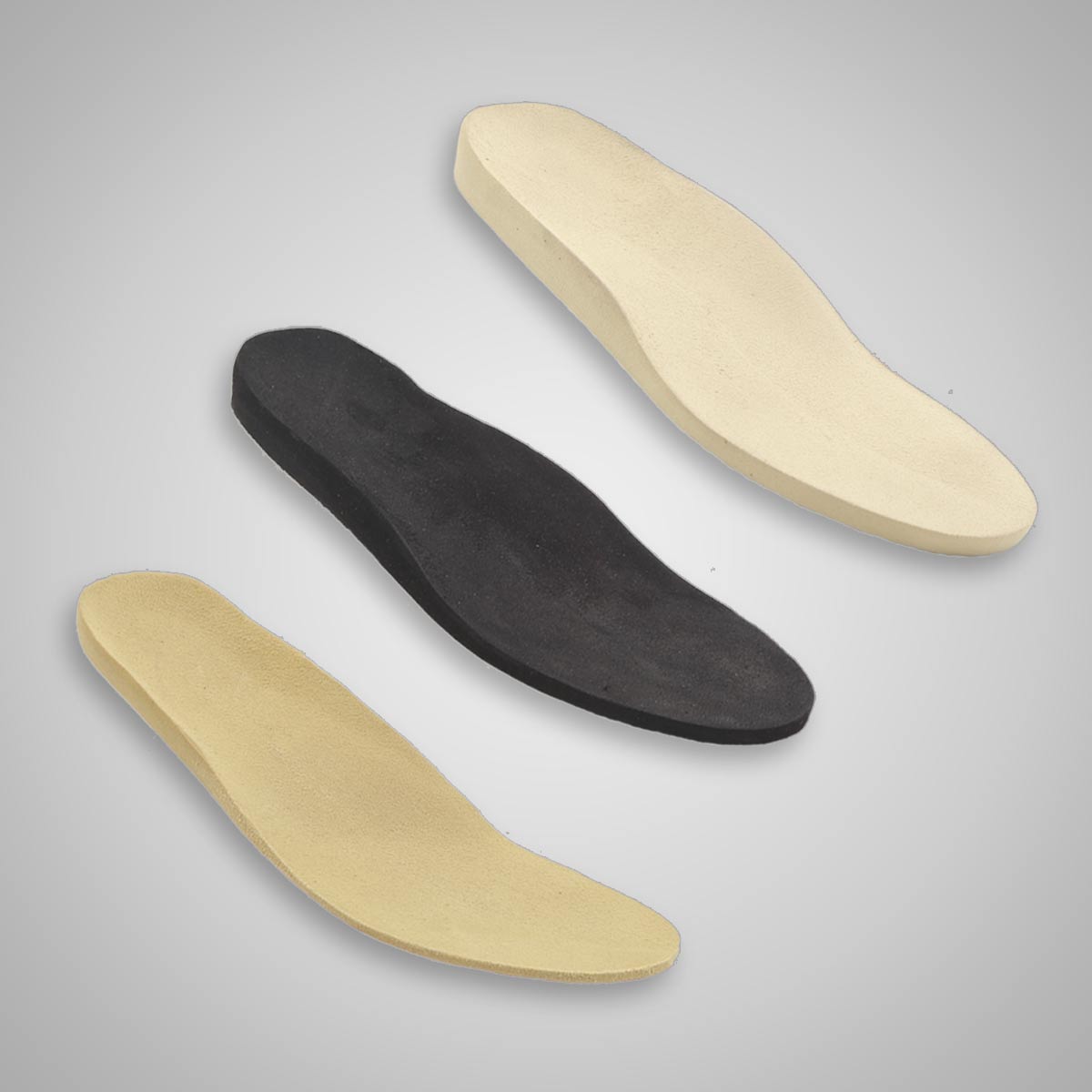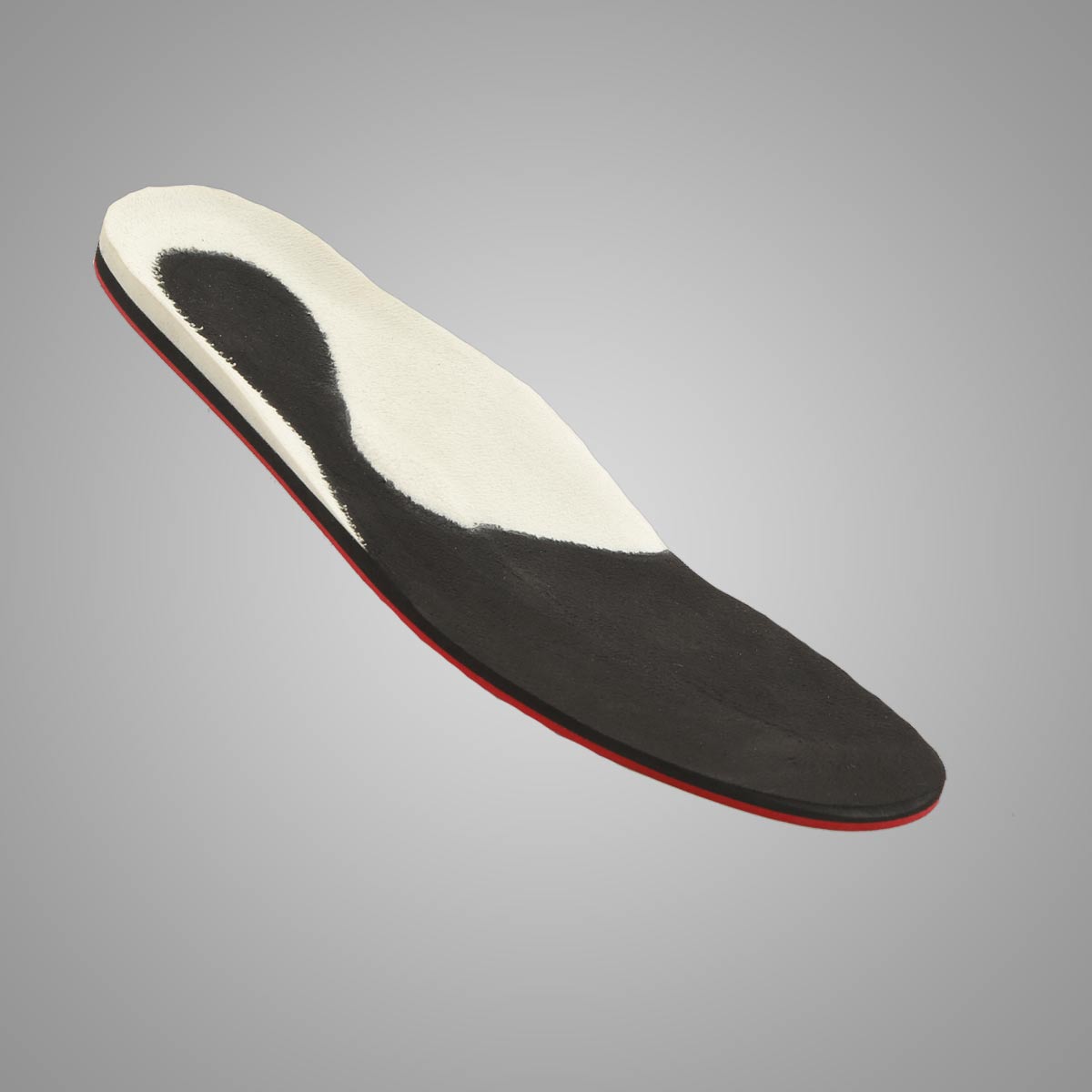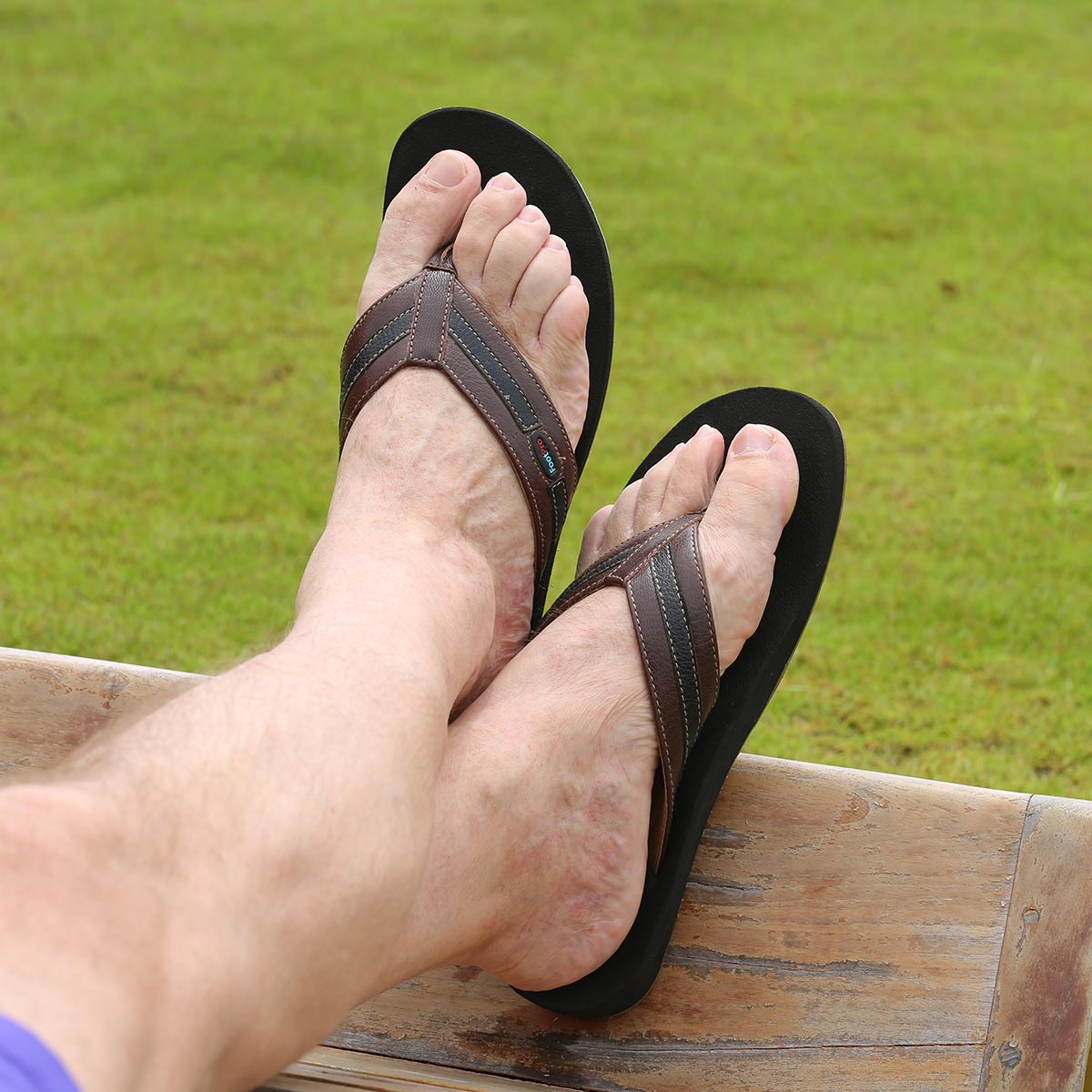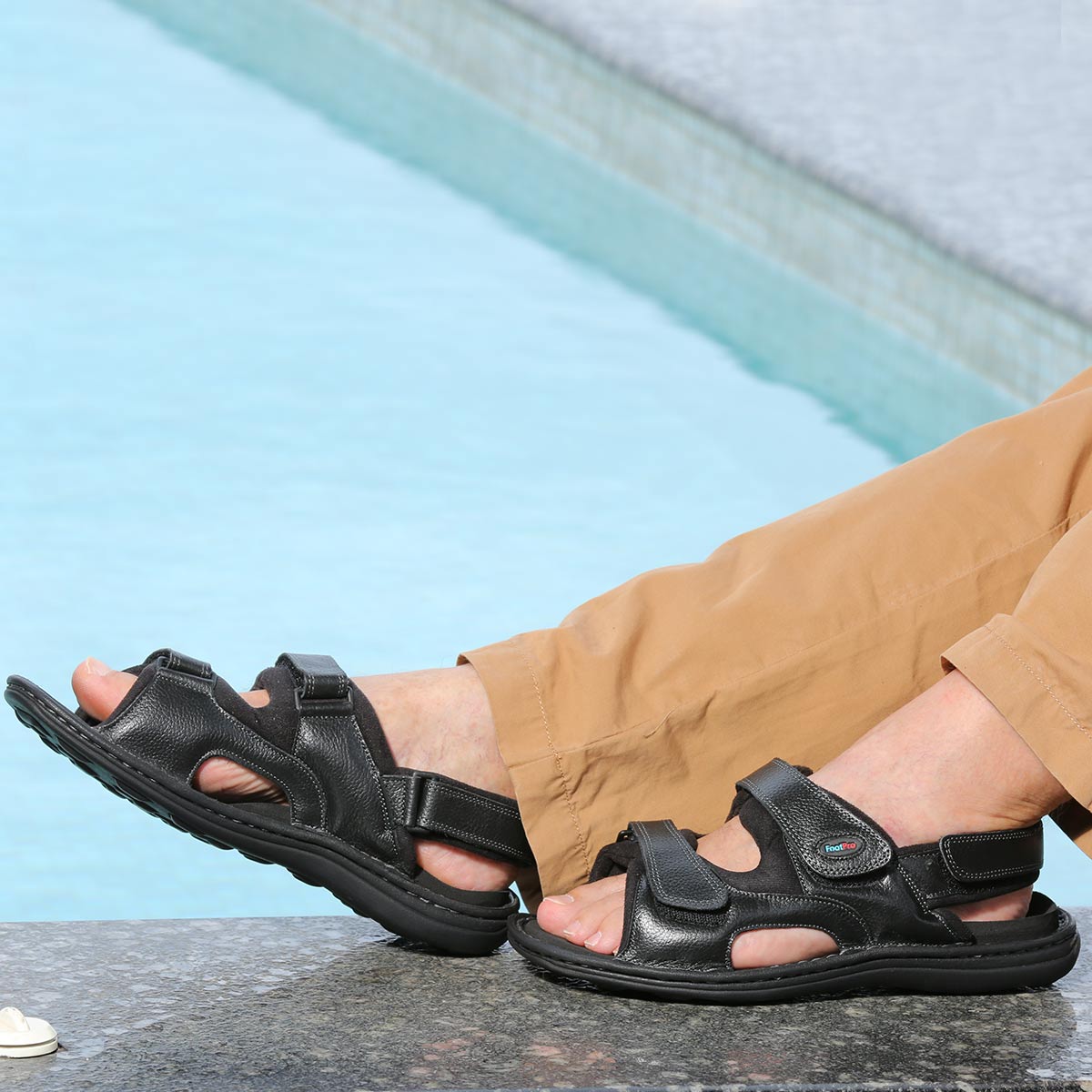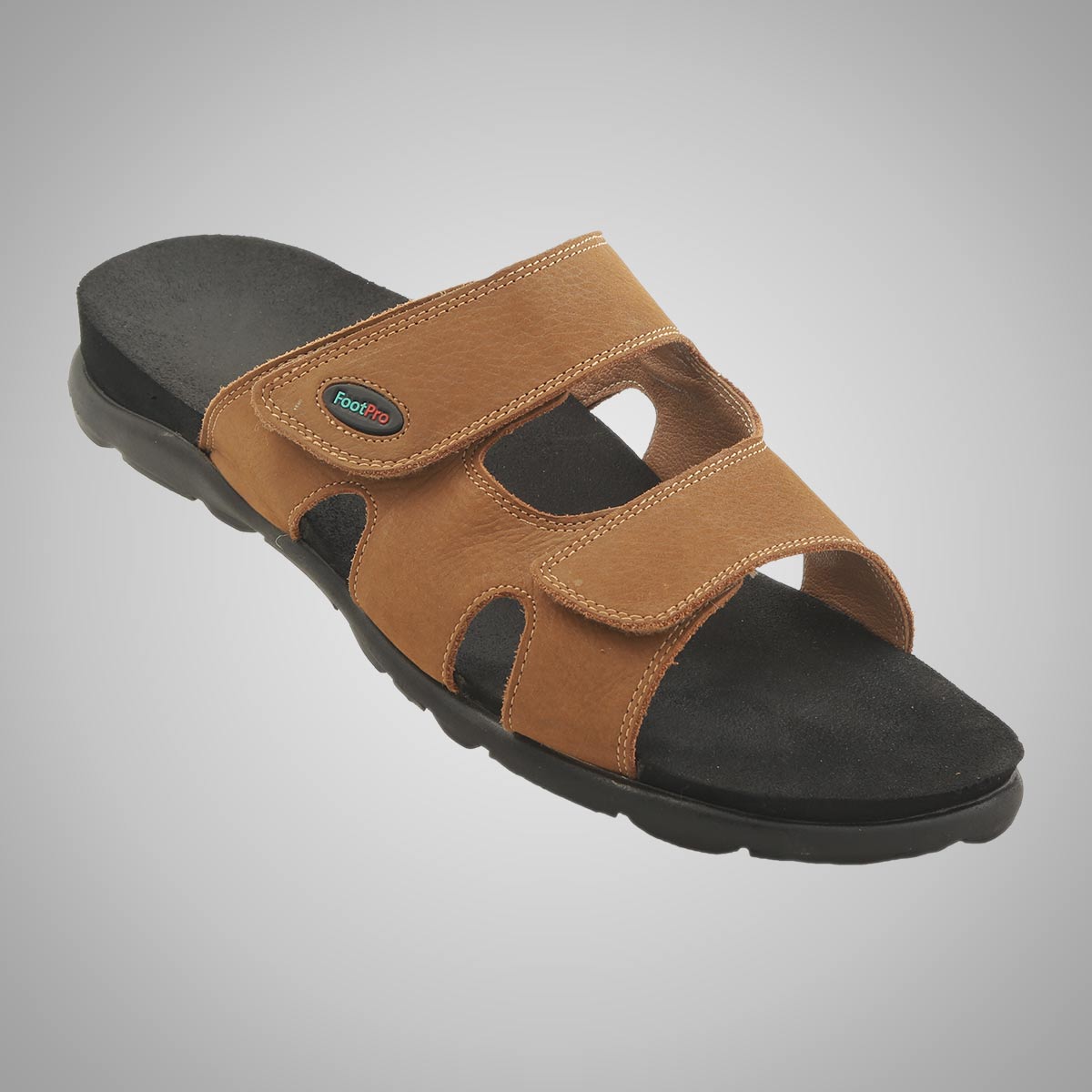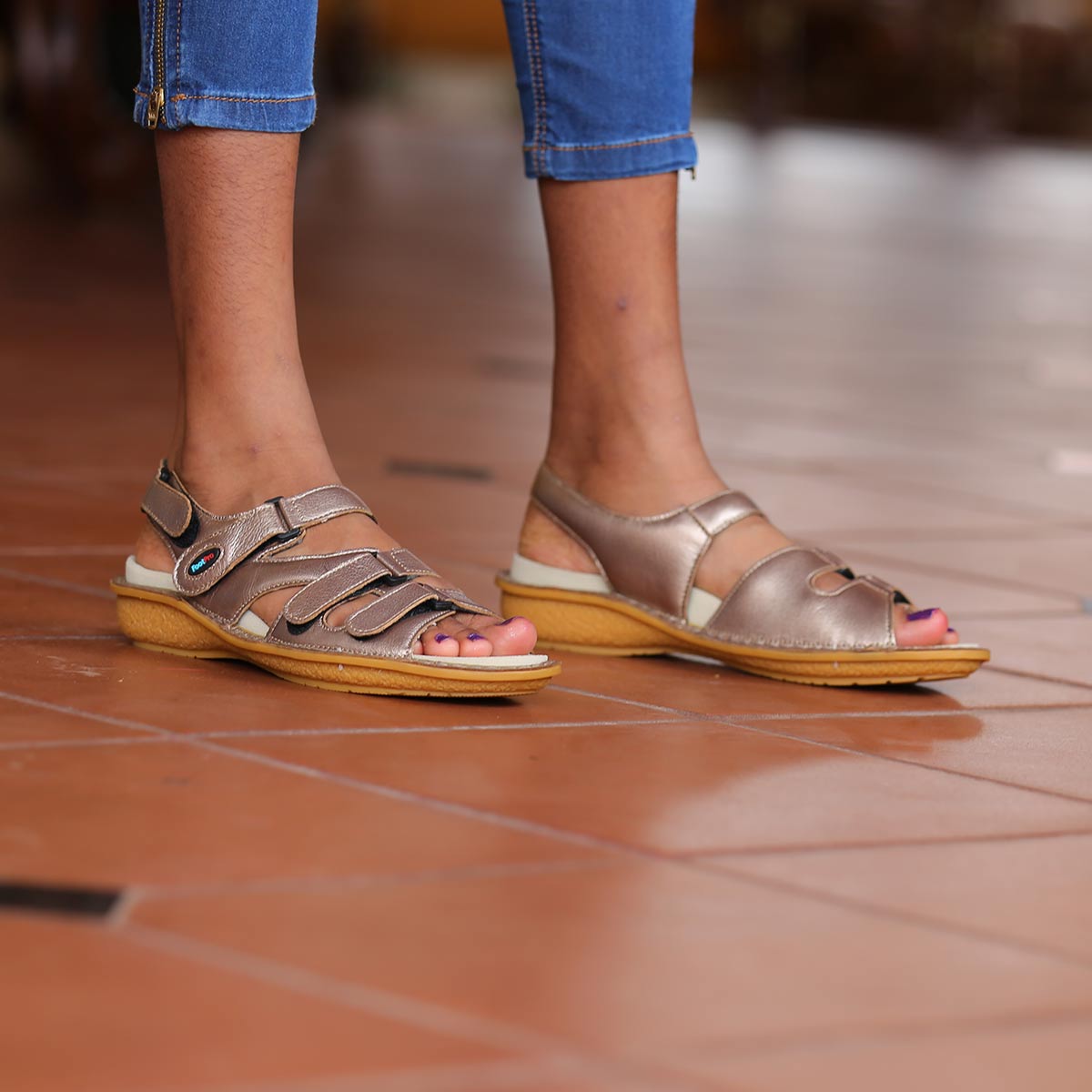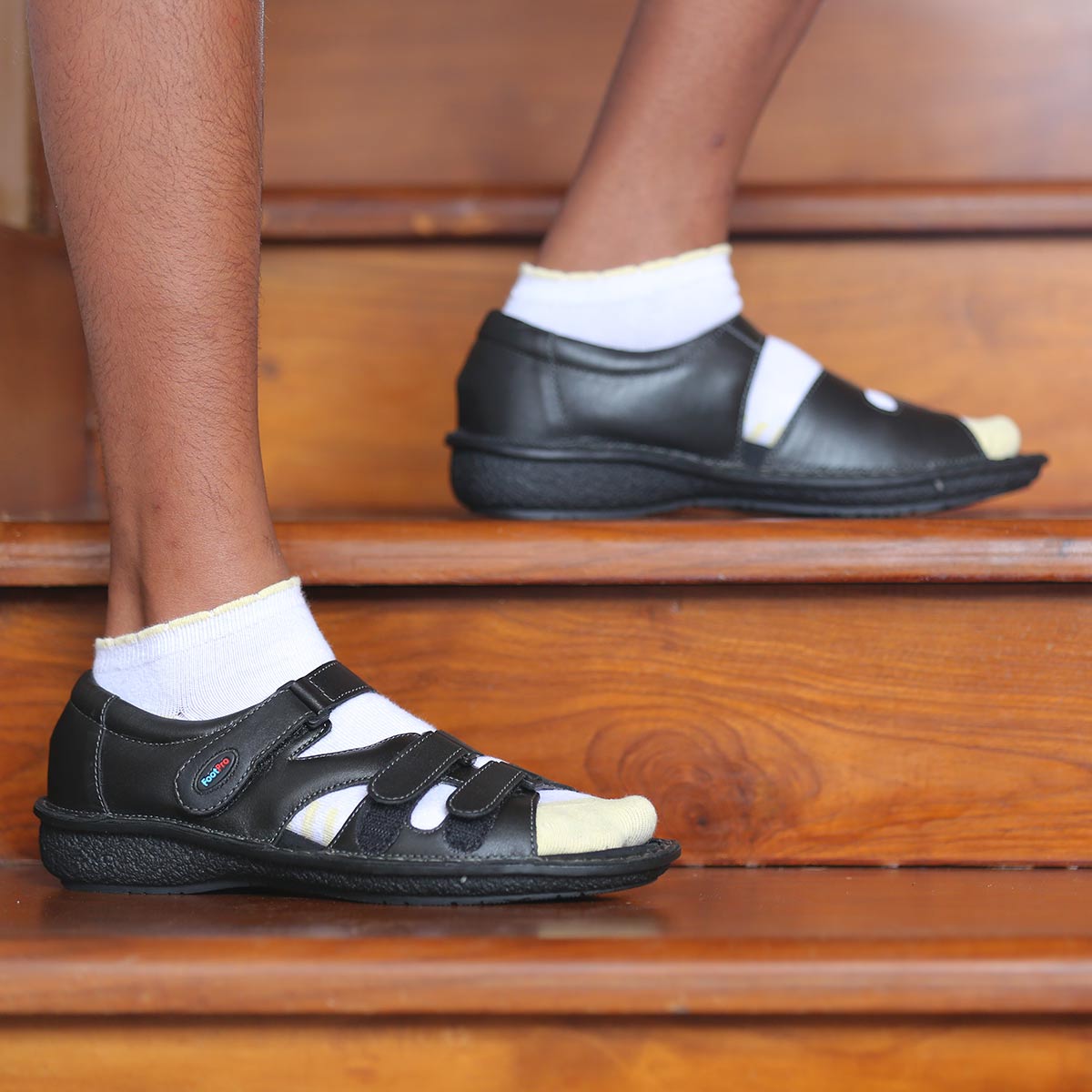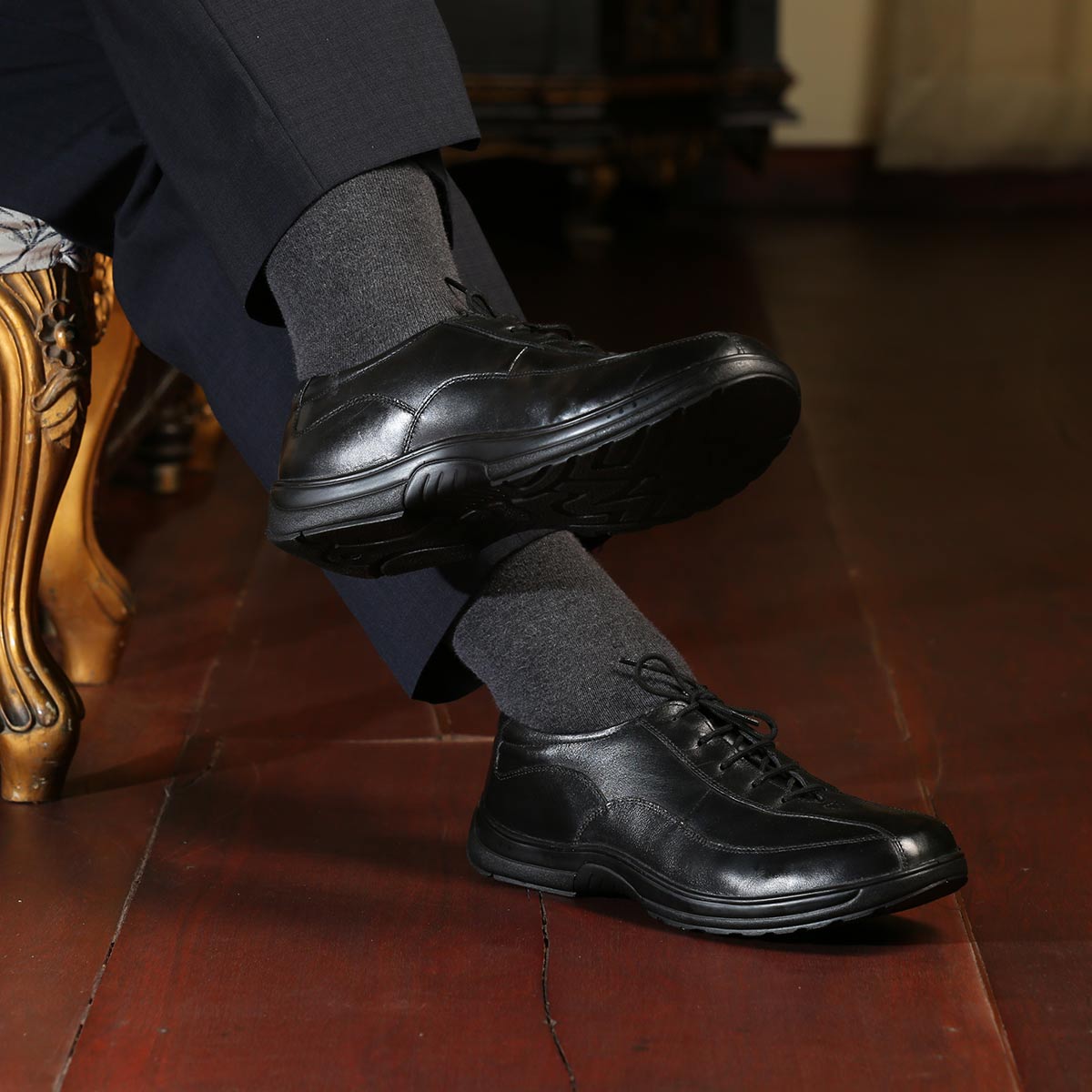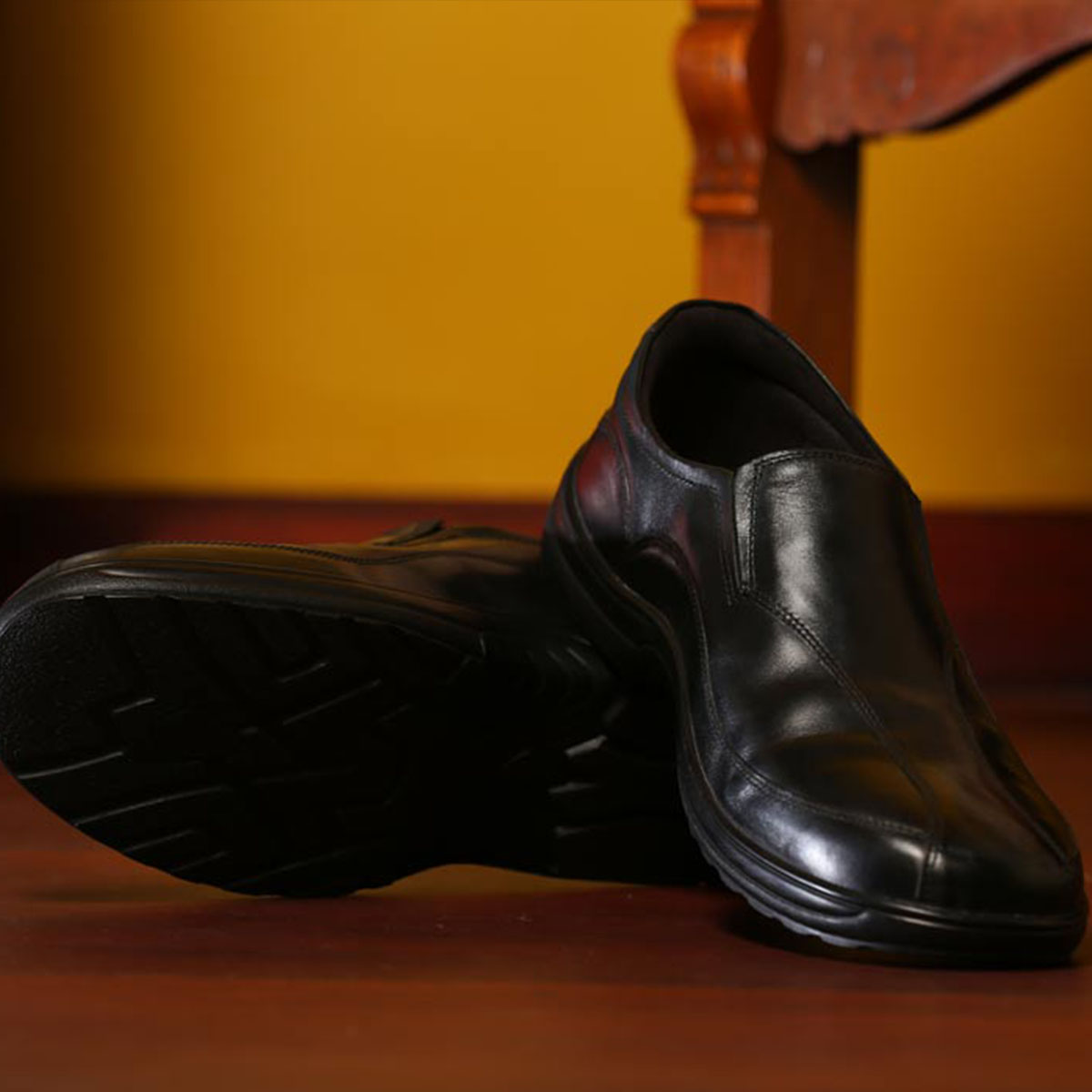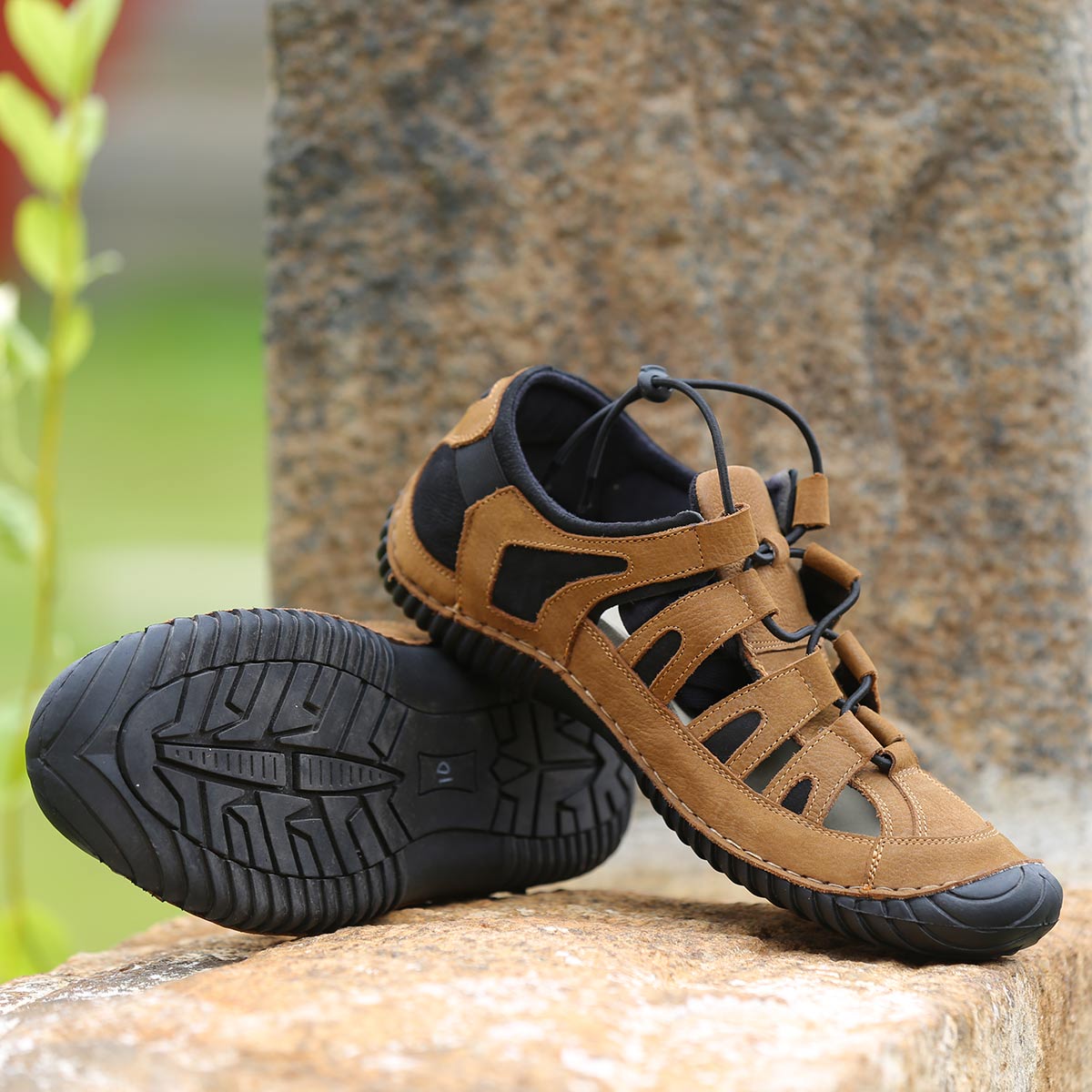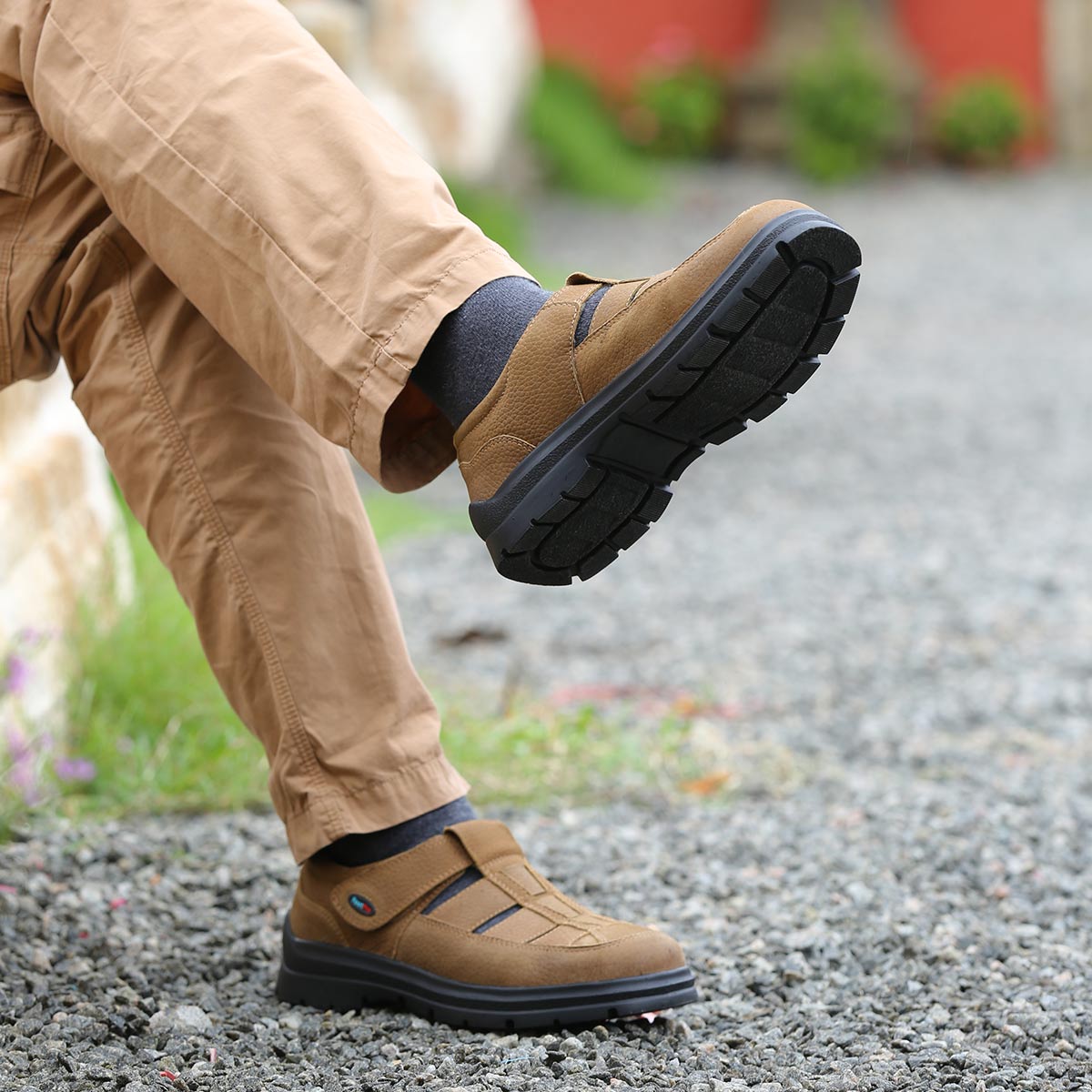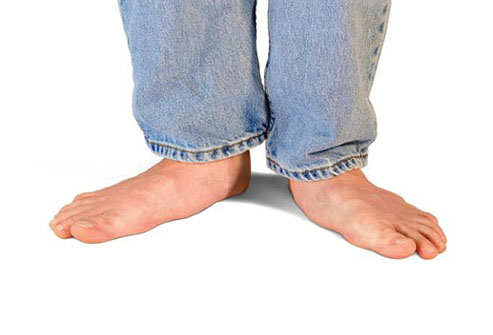
Flat Foot
Before Correction :
After Correction with FootPro Insoles :
FLAT FEET
Most people have a gap under the arch of their foot when they are standing. The arch, the inner part of the foot is slightly raised off the ground. People with flat feet or fallen arches either have no arch, or it is very low.
The feet of people with fallen arches may roll over to the inner side when they are standing or walking, known as over pronation. The feet may point outward. Some simple devices and exercises can help reduce the discomfort of flat feet.
If there is no space under the arch, the person has flat feet. In a person with fallen arches, one or both feet may be flat on the ground, and shoes may wear unevenly, especially on one side, or they may wear out more quickly than usual.
Many people with fallen arches have no symptoms, but some may experience pain in their feet and even their back, depending on the cause. Symptoms can vary and generally depend on the severity of the condition. Some people have an uneven distribution of body weight and find that the heel of their shoes wears out more rapidly and more on one side than the other. The most common symptom of flat feet is pain. Pain may occur in the feet, if the connecting ligaments and muscles are strained.
The abnormal stresses on the knee and hip may result in pain. This is likely if the ankles turn inwards. Flat feet can also lead to pain in the lower back. There may also be stiffness in one or both feet.
Causes of flat feet include:
- Genetic factors, as flat feet can run in families
- Weak arches, where the foot arch is visible for example, when sitting, but the foot flattens onto the ground when standing
- Foot or ankle injury
- Arthritis or rheumatoid arthritis
- Damage, dysfunction, or rupture of the posterior tibial tendon
- Nervous system or muscle diseases, such as cerebral palsy, muscular dystrophy, or spina bifida
- Tarsal coalition, where the bones of the foot fuse together in an unusual way, resulting in stiff and flat feet. This is most commonly diagnosed during childhood
People are more likely to develop flat feet if they have obesity or diabetes, or during pregnancy.
Flat feet can also develop as people age. This can cause the posterior tibial tendon to weaken. This tendon is the main support structure of the arch of the feet.The tendon can become inflamed after overuse, known as tendinitis, or be torn. Damage to the tendon may cause the arch shape of the foot to flatten.
Flat feet can happen because of a developmental fault that occurs during childhood, or that develops with age, or after pregnancy.
Some people appear to have a very low arch or no arch without ever experiencing problems. Fallen arches or flat feet only need attention if they lead to discomfort, if they indicate another underlying disorder, or if they can lead to future pain elsewhere in the body.
Usage of Customised Insoles from FootPro can help to correct the deformity by offering adequate arch support and brings in pain relief by offering the necessary arch support. These insoles have to be used continuously as there is little possibility of formation of arches after adulthood.
Flat feet in children
Children and infants often look as if they have flat feet. The arch is usually there, but the feet are still forming. In time, the arch will appear as normal. The extra fat on an infant’s foot may also be hiding the arch. Having apparently flat feet during early childhood does not mean that the person will always have flat feet. Children with flat feet can be assisted with an arch support (Right Insoles), before the bones and tendons become rigid and this will assist the body to form an arch.
Usage of FootPro insoles early on in children identified with flat feet will help to form the arch over time, before the bones and tendons become rigid and can act as a preventive to the development of flat feet.



